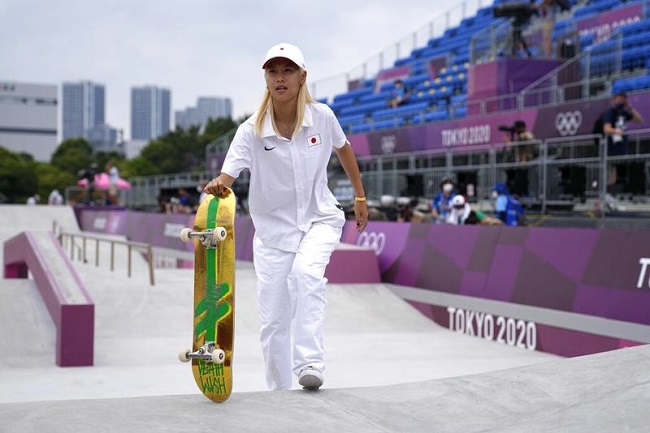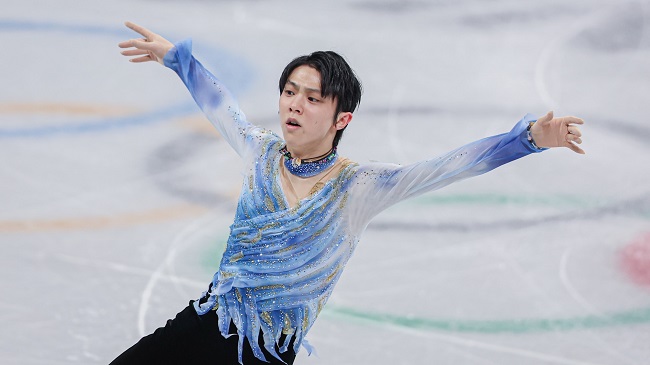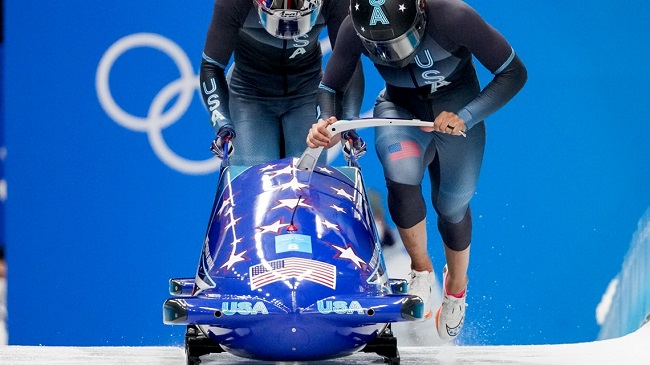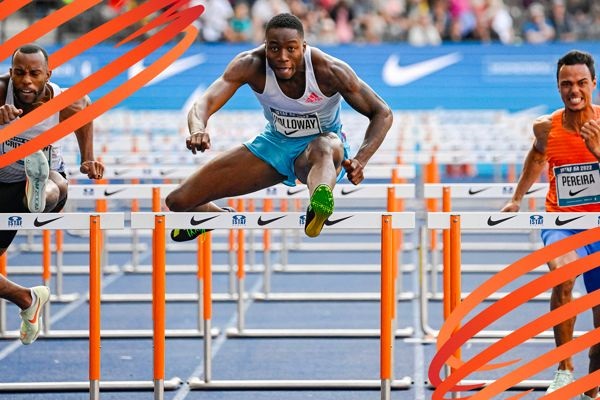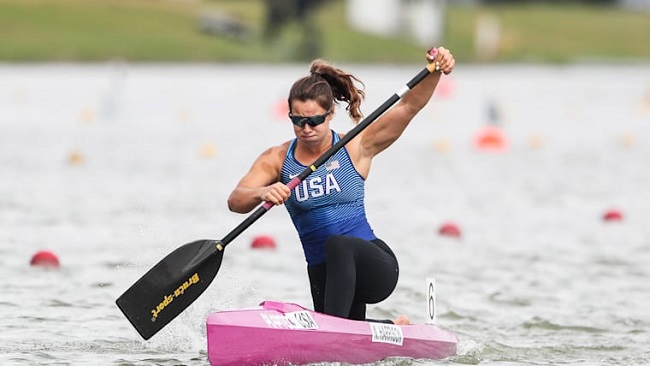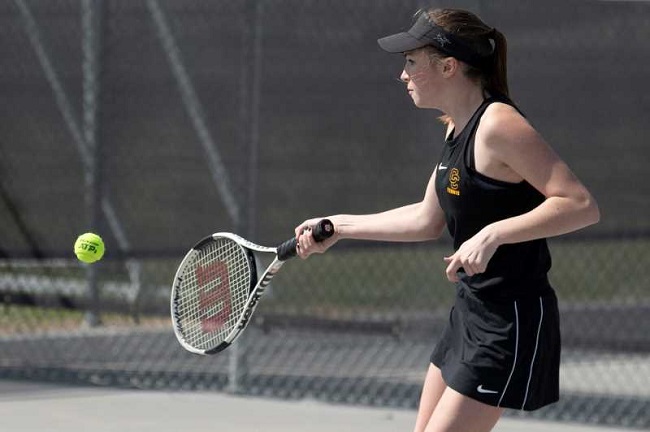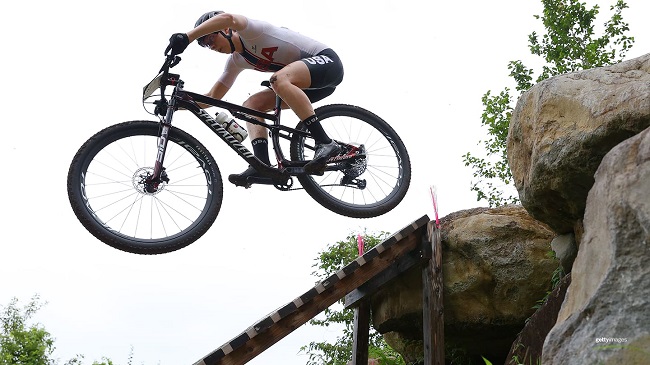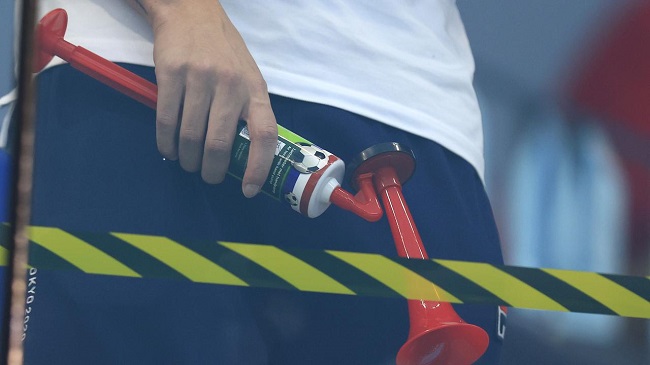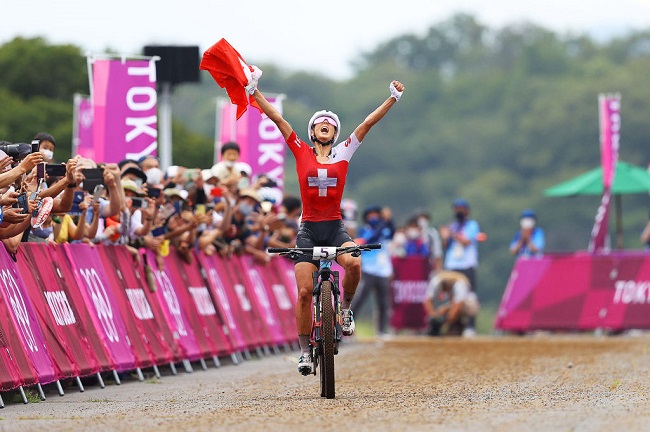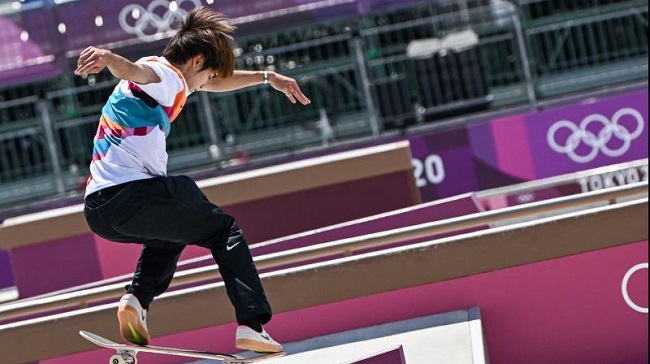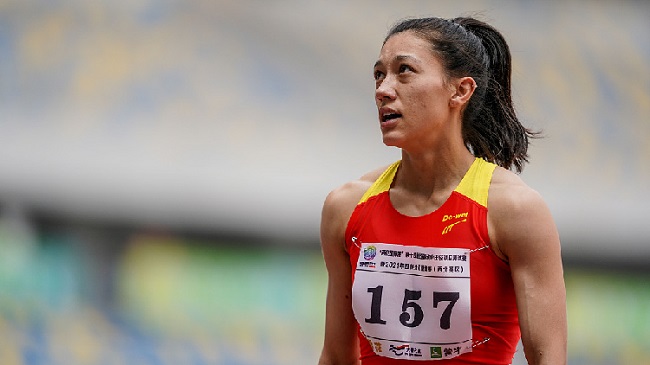As a hammer thrower, Julia Ratcliffe relies on the sound to be the first indicator of trouble.
The gold medalist at the Commonwealth Games can tell when she is throwing well simply by listening to the hammer’s sound.
Hammer Throw Olympic Games Tokyo 2020
She can feel it in the tautness of the wire, hear it in her feet’s rhythmic scuffing as she spins in a circle, and see it in the ball’s sudden, upward trajectory after being released.
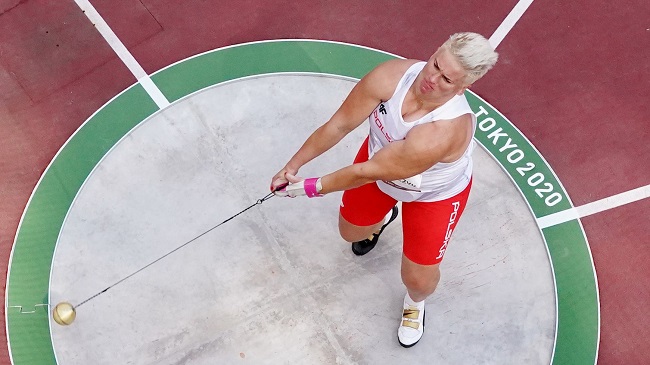
These are the details that Ratcliffe focuses on when the stakes are high.
She explains that although a throw may feel very different to the athlete, it may appear identical on video and to the coach.
Of all the track and field events, the hammer throw is the most obscure. Proponents of the sport consider the intricate biomechanics involved in hurling a huge steel ball 70–80 metres to be an artistic endeavour.
New Zealand as a Country does not have a Long History of Success in this Area.
Nevertheless, that’s about to alter.
Both Hamilton’s Ratcliffe and Timaru’s Lauren Bruce will be New Zealand’s first female Olympians in the hammer throw.
They have been competing against one other for a few seasons now, and the two New Zealand women have been pushing each other to greater and greater heights, or lengths, in this sport. Bruce, the younger of the two, holds the New Zealand record after a 74.61m effort at the Tucson Classic in Arizona in May. Between the two of them, they have set three new national bests in the past year.
Now they’ll take their rivalry to the Olympic stage in Tokyo, where qualifying begins on Sunday. Both are favoured to advance to the gold medal match.
Last Words
This implies the unusual occurrence will soon be front and centre in people’s minds across the country.
You take a heavy object (7 kilogrammes for males, 4 kilogrammes for women) linked to a piano wire with a handle, spin three or four times around the circle, and then throw it downfield.







